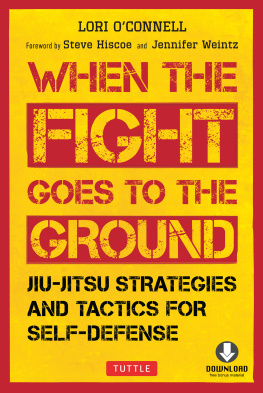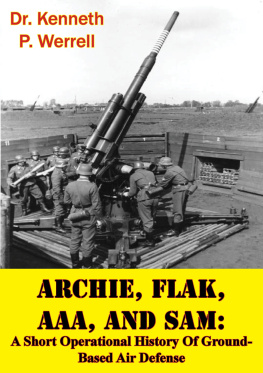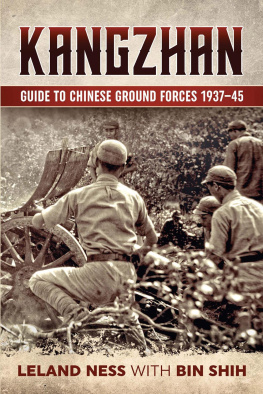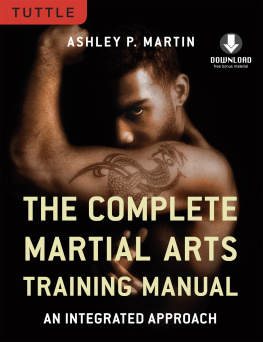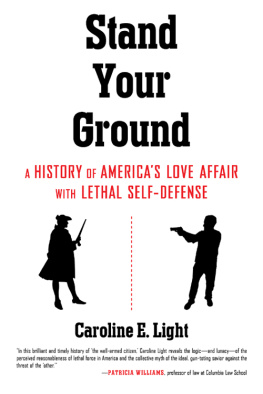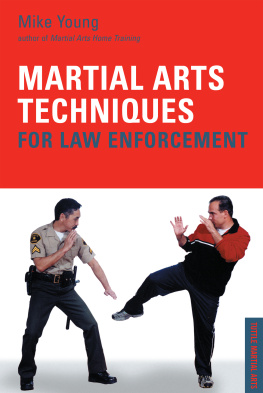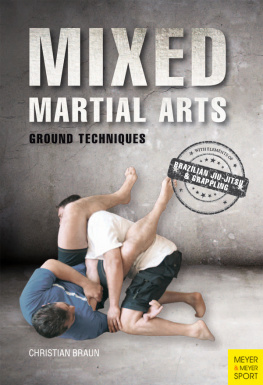Acknowledgments
This book is the culmination of many peoples efforts and support for which I am extremely grateful. These simple acknowledgments just dont do enough to fully express my thanks, but its a start.
A huge thank you to Chris Olson, my right hand man who dutifully allowed me to work through all my concepts as I wrote, only to have to do it all again for the camera then spend hours upon hours picking out the shots that best conveyed the action (as well as his own pain).
Ed Hiscoe Hanshi, my Sensei, deserves thanks, but so much more. I always look to his example for his passion for teaching self-defense but also helping people grow. He stood behind me throughout all my early training years, even those difficult upstart years while I moved from the impetuousness of adolescence into the reckoning of adulthood.
Steve Hiscoe Shihan picked up where he left off after I moved to British Columbia. He has continued to guide me in my development with the soft hand of a benevolent leader. I am thankful for all his advice and support, as well as his continued commitment to uniting all the practitioners of our style.
Professor Georges Sylvain, founder of Can-ryu, deserves the utmost gratitude, from me and all the students who have felt his influence directly or indirectly, for his decades of devotion to the development of our style. It was Professor Sylvain who once took me aside after a black belt training session to tell me my potential as a martial artist, a conversation which touched me deeply and has continued to motivate me to be the best I can be.
Thank you to Glenn Chow () for being the eye behind the camera and spending many hours getting the right shots to convey my vision. Thank you also to his family for giving him up during all those valuable weekend hours.
Kevin MacDonald is truly deserving of a shout-out as one of the attackers, having instructed me to apply some of the more painful techniques with gusto to get the right reactions from him since he is, in his words, not much of an actor.
Thank you to Jennifer Weintz who in a few short training sessions, taught me a number of concepts that helped me even the odds against much bigger grappling opponents, which served to refine my approach to ground defense. Her example is an inspiration to martial artists everywhere, male or female.
I also want to thank all the other instructors who have taught me over the years and inspired me to continually progress, with special mentions going out to Robert Mustard Sensei, Andy Dobie Sensei, Michael Seamark Shihan, and Perry William Kelly Sensei.
Thanks to all my training buddies who made themselves available to help me work on my book by asking questions, putting pressure on my concepts, and play testing them, including Jonathan Jamnik, Stu Cooke, Jon Thompson and Matt Der.
My students have also been a rock of support through the writing of my book, cheerleading me on as I finished each chapter, reminding me who its all for.
A big thank you also goes out to Bud Sperry, who found me, believed in my vision, and supported my book from proposal, to editing, and all the way through to publication.
Last, but not least, I want to thank my parents who raised me to be driven, strong-willed and compassionate. I may not have followed the path of a traditional woman, and they may not understand all that I do, but they have always stood behind me and been excited to share in my joys and successes.
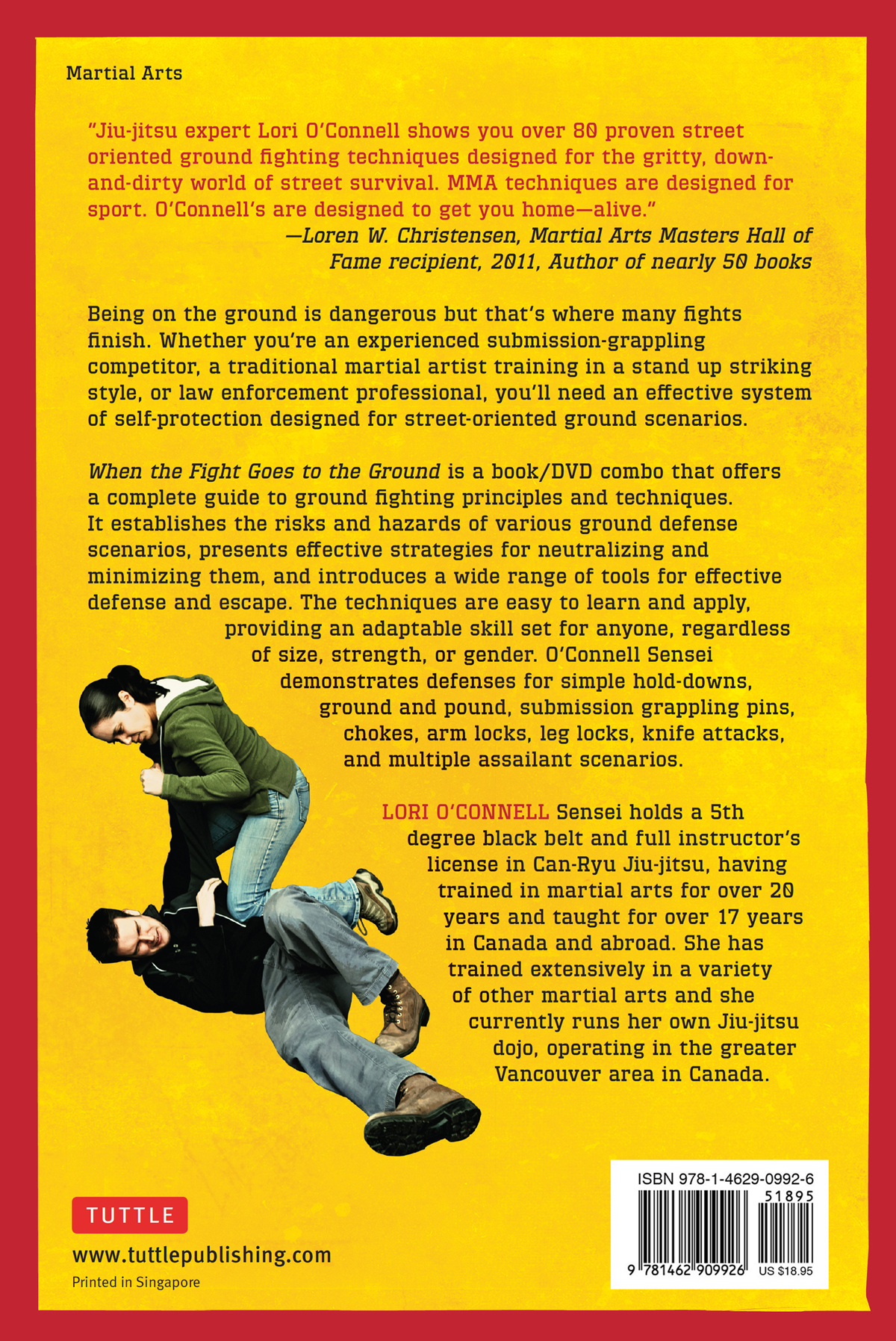
Bibliography
Dorsey, Greg, John Sommers, and Steve Uhrig. Future of Non-lethal Force Training-Reality Based & Integrating Techniques for Non-Lethal Force Training. ASLET Use-of-Force Training Seminar, originally presented at the Los Angeles Airport Hilton and Towers, Los Angeles, California, July 10-12, 1997.
Drzwiecki, Steve. Survival Stress in Law Enforcement. Traverse City: 2002.
Dunston, Mark S. Instructors Corner: Ground Fighting -- Assaults on Police Officers, Calibre Press Street Survival Newsline #630. April 2003.
Grosz, Christopher and Michael D. Janich. Contemporary Knife Targeting. Boulder: Paladin Press, 2006.
Jenks, Harold J and Michael H. Brown. Prisons Bloody Iron. El Dorado: Desert Publications, 1978.
Lewinsky, Bill. Stress Reactions Related to Lethal Force Encounters, The Police Marksman, May/June 2002.
Siddle, B. Pressure Point and Control Tact. Millstadt: Pressure Point Control Tactics Management Systems Inc, 1998), 2-3. Quoted in Steve Drzwiecki, Survival Stress in Law Enforcement. Traverse City: 2002.
Sylvain, Georges J. Can-Ryu Jiu-jitsu 2000. Ottawa: Georges J. Sylvain, 2003.
The Phenomenon of Auditory Exclusion , Atlantic Signal LLC, 2005 (Accessed 26 Sept. 2011).
Wagner, Jim. Reality-Based Personal Protection. USA: Black Belt Communications LLC, 2005.
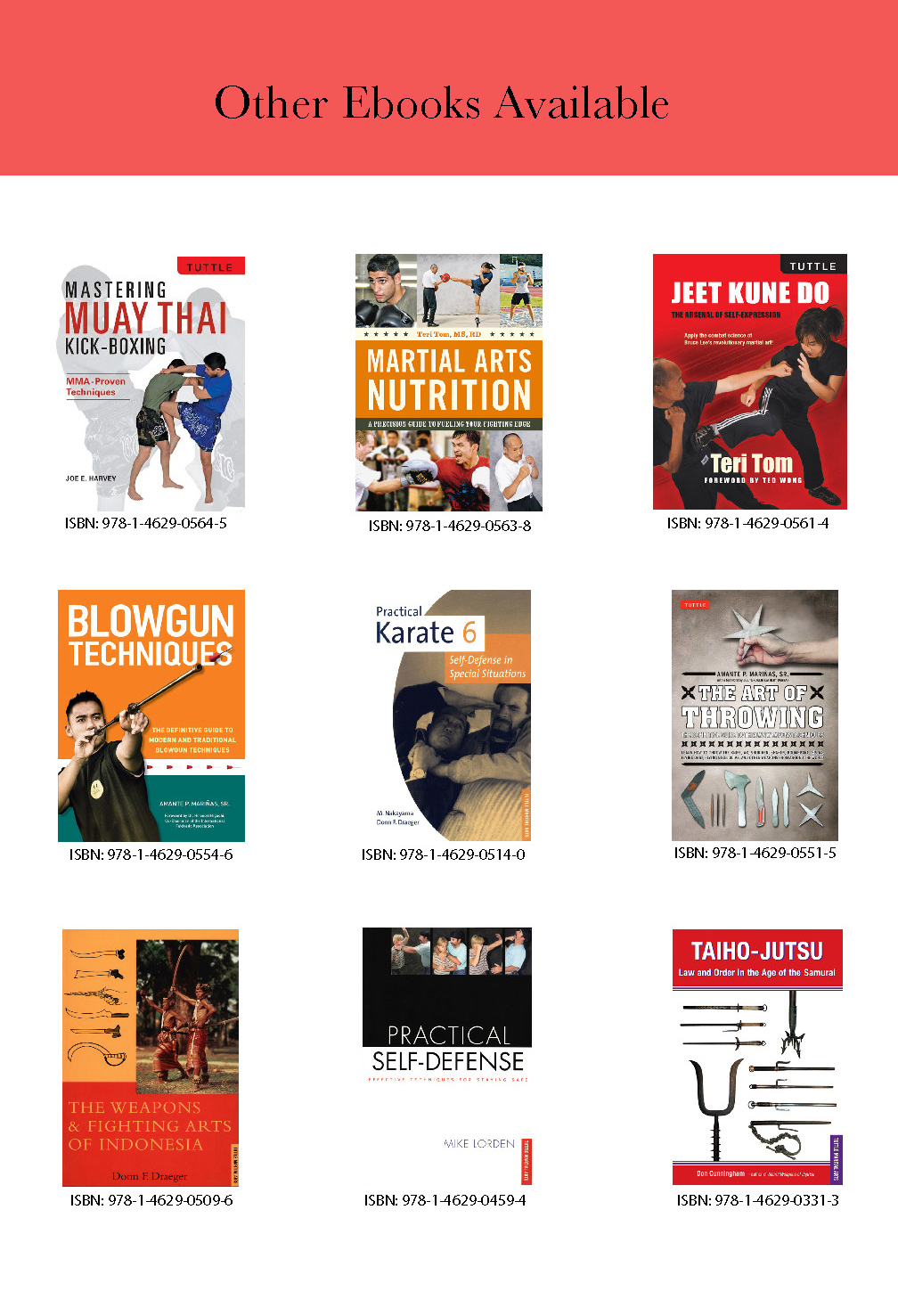
CHAPTER 1
Understanding the Ground
It is important to recognize the nature of ground defense in a street context to be able to fully understand the logic behind the techniques featured in this book. More than that, knowing the nature of ground defense helps anyone interested in self-protection to realize its place in an overall defensive strategy.
Statistics on Ground Fighting
If you have any interest in the martial arts or self-defense, you have probably heard the often quoted statistic that 80-90 percent of physical altercations end up on the ground. I, myself, heard this statistic quoted often enough throughout the entirety of my 20+ year career in the martial arts. Not once did I ever hear the source of said statistic. It was simply common knowledge that everyone accepted as fact.
There are two legitimate sources that I am aware of that have presented statistics on this topic. One of them is the ASLET (American Society of Law Enforcement Training) pamphlet used from their July 1997 Use of Force Training Seminar. The seminar was presented in Los Angeles by Sergeant Greg Dossey, Sergeant John Sommers, and Officer Steve Uhrig of the Los Angeles Police Department (LAPD). This document included a description of the study and methodology used in examining Use of Force incidents by the LAPD. In 1991, Sergeant Dossey completed a comparative study of use of force incidents reported by the LAPD for the year of 1988. He looked at all 5,617 use of force incident narratives written by officers for that year, and devised a method for codifying the information contained and analyzing it for what they identified as dominant altercation patterns. The study was replicated in 1992 by the LAPDs Training Review committee.
One of the main conclusions of the report was that Nearly two thirds of the 1988 altercations (62%) ended with the officer and subject on the ground with the officer applying a joint lock and handcuffing the subject. After this report was published, the LAPD instituted a program that included training in ground control skills, which were based on modern judo and jiu-jitsu grappling skills specially adapted for law enforcement.
The other source of credible ground fighting statistics comes from Calibre Presss April 2003 newsletter. They published the results of a research project completed in conjunction with PPCT Management Systems. This project measured the frequency in which police officers were forced to the ground by attackers, based on 1,400 cases reported by officers attending Calibre Presss annual Street Survival Seminar.
Respondents were asked whether an attacker had ever attempted to take them to the ground by force. Fifty percent reported this had occurred to them. Of that number, 60% reported that their attackers had been successful in doing so. Most of the attackers were reported as having been under the influence of alcohol or drugs.

